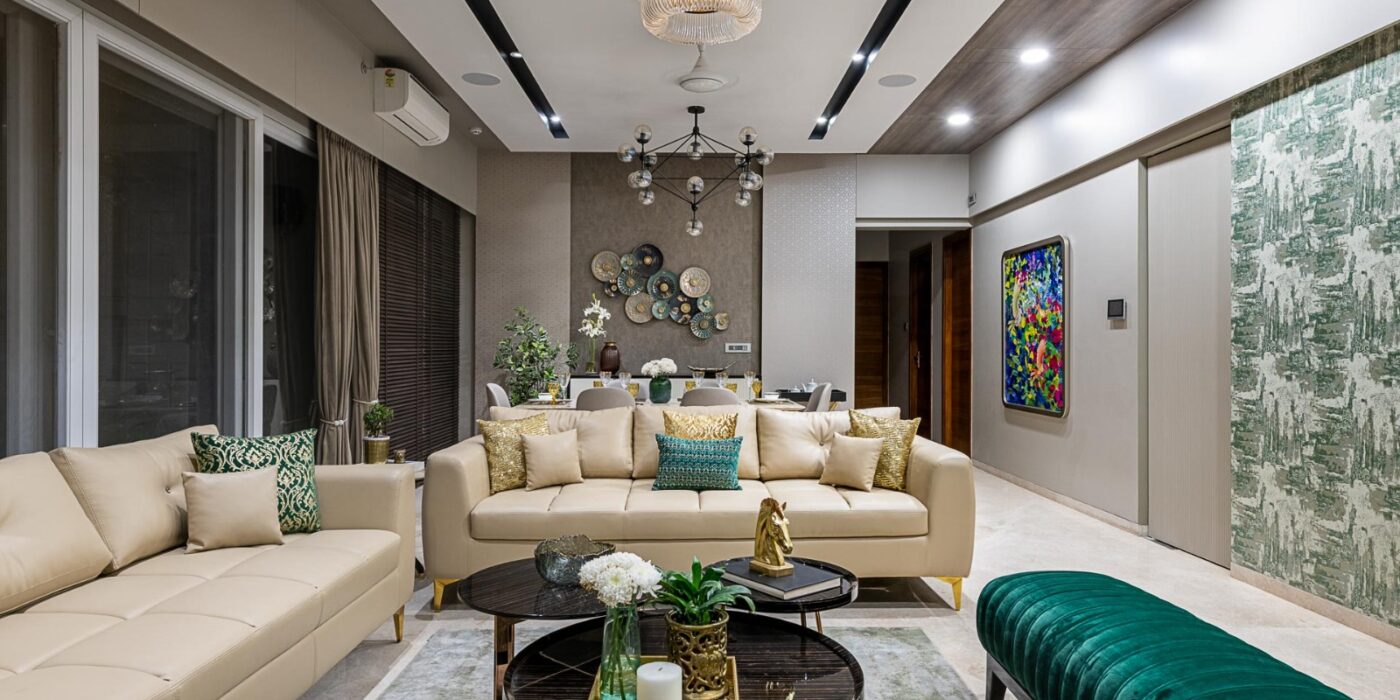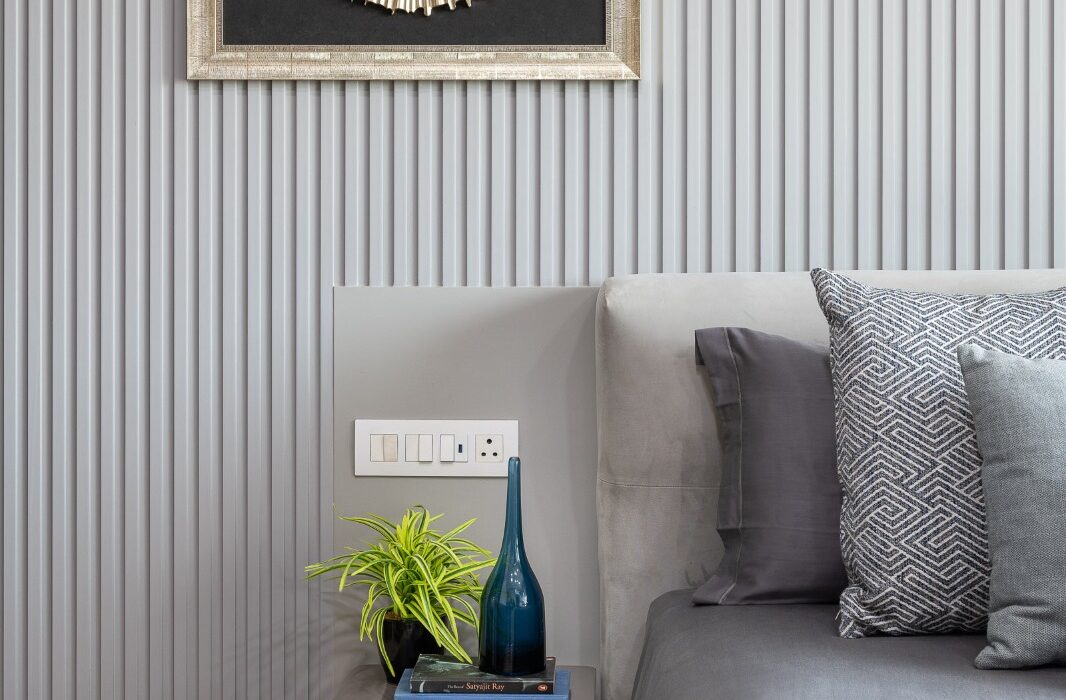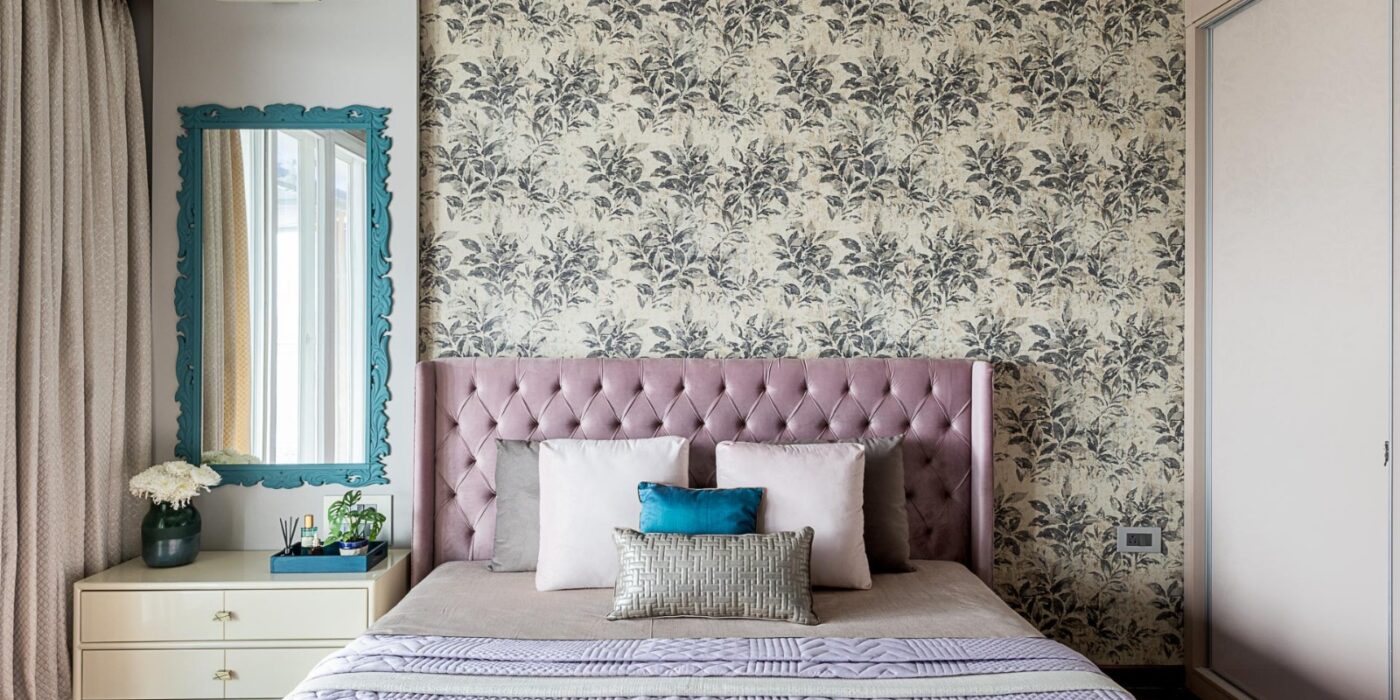Designing the Perfect Living Room: Balancing Comfort and Style
The living room is the heart of the home, a multifunctional space where we entertain guests, relax after a long day, and gather with family. Striking the perfect balance between comfort and style in your living room design is essential to creating a space that is both inviting and visually stunning. The challenge lies in finding the sweet spot between personal style, functionality, and comfort, while also ensuring the room reflects your personality and meets your practical needs.
In this blog, we will explore key principles and ideas for designing the perfect living room, focusing on how to achieve a harmonious blend of comfort and style. We will also highlight the importance of thoughtful material choices, layouts, lighting, and decor, with a special mention of Amaati, a brand known for its sustainable, handcrafted textiles that can enhance both comfort and style in any living room design.
1. Defining Your Vision for the Living Room
Before you begin selecting furniture or choosing colors, it’s important to have a clear vision for your living room. Ask yourself what kind of atmosphere you want to create. Is it a cozy and intimate space for family movie nights, or do you want a more sophisticated and polished look for entertaining guests? Understanding your needs and personal style preferences will serve as the foundation for your design decisions.
Assessing Functionality
Think about how you plan to use the space. For example:
- Entertaining Guests: If you frequently host parties or gatherings, you may need ample seating options like sectional sofas, ottomans, or additional chairs.
- Family Time: For families, comfort and durability are key, so opt for plush, easy-to-clean furniture and layout designs that encourage conversation and relaxation.
- Work or Study: If your living room doubles as a workspace, consider incorporating stylish storage solutions, a desk, or a cozy reading nook to blend functionality with style.
2. Prioritizing Comfort: Furniture and Layout
Comfort is the cornerstone of any well-designed living room, and this starts with selecting the right furniture. Your furniture choices should not only reflect your style but also provide long-lasting comfort for you and your guests. Here’s how to make comfort a top priority while still keeping your space stylish.
1. Choosing the Right Sofa
The sofa is the centerpiece of most living rooms, so it’s crucial to select one that offers both style and comfort. Consider the following when choosing a sofa:
- Material: Soft, cozy fabrics like cotton, linen, or velvet can make your living room feel more inviting. Amaati offers handcrafted textiles, such as their soft, sustainable khadi cotton, which can be used to upholster furniture or as accent throws, adding both comfort and a touch of ethical luxury to your space.
- Size and Shape: Ensure the sofa fits your space without overwhelming it. Sectional sofas are great for larger rooms or open-concept layouts, while a smaller loveseat might be more suitable for compact spaces.
- Cushioning: Opt for deep cushions with high-quality foam or down for added comfort. Pillows, especially those made from soft materials like those from Amaati, can enhance the plushness and style of your seating.
2. Additional Seating Options
In addition to the sofa, adding versatile seating options like armchairs, ottomans, or poufs can enhance both comfort and style. Mix and match different styles and textures for an eclectic yet cohesive look. Ottomans and poufs, in particular, offer flexibility as they can be used as footrests, additional seating, or even side tables.
3. Functional Layouts
The layout of your living room should facilitate easy movement and conversation. A common mistake in design is pushing all the furniture against the walls, which can make the space feel disconnected. Instead, arrange furniture in a way that encourages conversation, perhaps by placing the sofa and chairs in a circular or semi-circular arrangement.
When planning your layout:
- Flow: Ensure there’s enough space for people to move around the room comfortably. Leave at least 18 inches of space between the coffee table and the sofa for easy movement.
- Focal Point: Arrange furniture around a focal point, such as a fireplace, a piece of artwork, or a large window. This will create a natural gathering area and give the room a sense of purpose.
3. Adding Style: Colors, Patterns, and Textures
Once you’ve nailed down the comfort aspect of your living room, it’s time to bring in the style elements that will elevate the space. This includes choosing the right colors, patterns, and textures to complement your furniture and layout.
1. Choosing a Color Scheme
The color scheme sets the tone for the room and should reflect the mood you want to create. Warm tones like beige, rust, and terracotta can make a space feel cozy and welcoming, while cooler tones like gray, blue, or white offer a more modern, serene vibe.
- Neutral Base with Bold Accents: Start with a neutral base for large pieces of furniture, like the sofa or rug, and layer in bold colors through pillows, artwork, or accent chairs. For example, a neutral beige sofa can be elevated with colorful pillows or throws made from Amaati’s vibrant, hand-dyed fabrics.
- Monochromatic Palette: For a minimalist and sophisticated look, stick to a monochromatic color palette, using different shades of the same color throughout the room.
2. Incorporating Patterns
Patterns can add visual interest and personality to a living room. Whether through throw pillows, rugs, or curtains, patterns help break up solid colors and introduce movement.
- Balance and Contrast: Mix patterns strategically to avoid overwhelming the space. A good rule of thumb is to balance one large-scale pattern with smaller, more subtle patterns. For example, a bold geometric rug can be paired with smaller, patterned pillows or a textured throw blanket.
- Organic Patterns: If you want to create a natural and earthy feel, look for patterns that draw inspiration from nature, such as leaf motifs or floral designs. Amaati’s handcrafted fabrics, with their organic patterns and natural dyes, are perfect for achieving this look.
3. Layering Textures
Texture is an often overlooked but essential component of creating a stylish and comfortable living room. Different textures bring depth and richness to a room, making it feel more dynamic and inviting.
- Soft Textiles: Incorporate soft, plush fabrics like wool, velvet, or cotton to enhance comfort. Throws, pillows, and rugs from Amaati, made with sustainable materials, can add layers of texture to your living room while keeping your decor ethically sourced.
- Contrasting Materials: Pair contrasting materials like a sleek metal coffee table with a soft, cozy rug to create visual balance. Mixing smooth surfaces like glass or metal with textured materials like wood or woven fabrics adds complexity to the design.
4. Optimizing Lighting for Ambience and Functionality
Lighting is a crucial element in any living room design. The right lighting can set the mood, highlight key design features, and make the space feel warm and inviting. It’s important to layer different types of lighting to create a well-balanced and functional space.
1. Ambient Lighting
Ambient lighting provides overall illumination for the room and is usually the primary source of light. Ceiling fixtures, recessed lighting, or chandeliers are common options for ambient lighting. Consider dimmable lights to adjust the brightness depending on the time of day or mood you want to create.
2. Task Lighting
Task lighting is essential for areas where you need focused light, such as reading corners or workspaces. Table lamps, floor lamps, or adjustable wall sconces work well for providing targeted lighting.
- Reading Nooks: A comfortable reading nook with an armchair, a side table, and a stylish floor lamp can create a cozy retreat within your living room. Adding a throw blanket or pillow from Amaati can make the space feel even more inviting.
3. Accent Lighting
Accent lighting highlights specific features of your living room, such as artwork, architectural details, or a bookshelf. Wall sconces, track lighting, or even candles can be used to create a soft, warm glow that enhances the room’s ambiance.
5. Personalized Decor and Styling
Personalizing your living room with meaningful decor is what will make the space truly feel like home. From artwork to accessories, every piece you choose should reflect your personality and taste while complementing the overall design.
1. Artwork and Wall Decor
Art can serve as a focal point in your living room and add color, texture, and personality to the space. Choose pieces that resonate with you and reflect your personal style, whether it’s a bold abstract painting or a serene landscape photograph.
- Gallery Wall: A gallery wall is a great way to showcase a collection of artwork, photographs, or prints. It’s a fun, dynamic way to personalize your space and can be easily updated or expanded over time.
2. Greenery and Natural Elements
Bringing nature into your living room through plants and natural materials can make the space feel more vibrant and fresh. Houseplants not only add color and texture but also improve air quality and promote a sense of well-being.
- Sustainable Decor: Opt for sustainable and eco-friendly decor items, such as woven baskets, reclaimed wood furniture, or ethically sourced textiles from brands like Amaati. These pieces not only contribute to a beautiful design but also reflect a commitment to sustainability.
3. Personal Collections and Sentimental Pieces
Incorporating personal items like family heirlooms, travel souvenirs, or sentimental objects can add a unique and personal touch to your living room. These pieces often carry emotional value and can make the space feel more intimate and reflective of your life’s journey.
Conclusion
Designing the perfect living room is about finding the right balance between comfort and style, while also reflecting your personality and lifestyle. By thoughtfully selecting furniture, colors, textures, and decor, you can create a space that is not only functional and comfortable but also visually stunning and uniquely yours.
Brands like Amaati offer a wide range of handcrafted, sustainable textiles that can enhance the comfort and style of your living room. Whether through cozy throws, vibrant pillows, or natural fiber rugs, these ethically sourced materials will add both luxury and a sense of purpose to your home.
In the end, the perfect living room is one where you feel relaxed, inspired, and connected — a place that welcomes you at the end of the day and leaves a lasting impression on your guests. By prioritizing comfort, embracing personal style, and choosing sustainable options, you’ll create a living room that is as inviting as it is stylish



